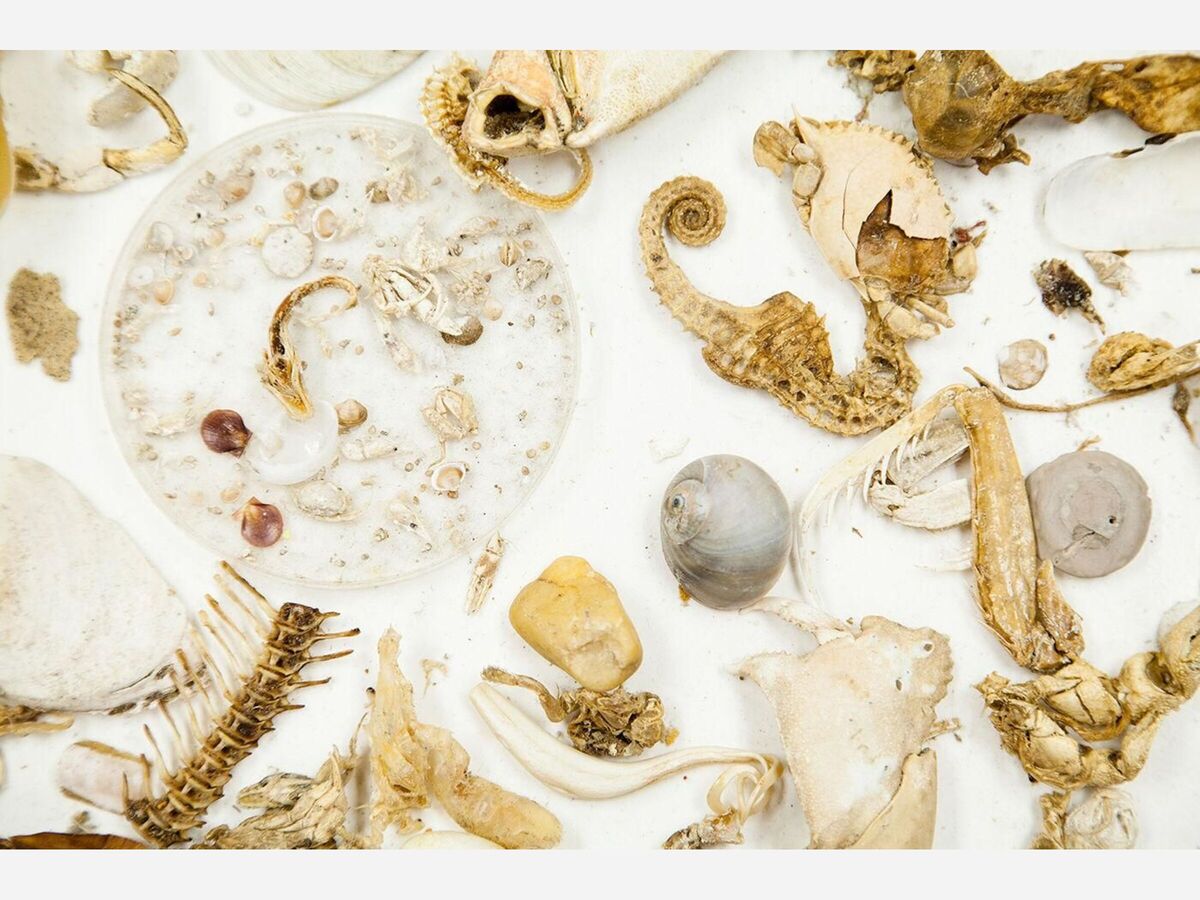Image

Scientists cast a wider net to learn more about forage species
by Whitney Pipkin, Bay Journal
Aquatic forage species — the small fish, worms and other out-of-sight species that feed all the others — are the lifeblood of the Chesapeake Bay. So, to better assess the health of nation’s largest estuary, scientists are getting better at measuring the pulse of these smaller species and explaining why they matter.
The call for increased study of forage species was made in the 2014 Chesapeake Bay Agreement. The Bay’s buffet of these species was historically much larger and more diverse, and scientists are trying to understand how resilient this foundation of the food chain might be.

One of the biggest takeaways from their research is to think of forage species broadly and not just as small fish eaten by larger fish. Scientists understand that the food consumed by larger predators in the Bay is a group that goes well beyond small fish to include benthic invertebrates, worms, bivalves and crustaceans.
Each of these species helps transfer energy, starting with the smallest plankton and detritus, up the food chain to larger and larger consumers. In the Bay, forage abundance indicates the health of shallow-water areas, which are the engine that keeps the rest of the ecosystem running.
“We’ve developed a lot of exciting science in a short time,” said Bruce Vogt, ecosystem science manager for the National Oceanic and Atmospheric Administration’s Chesapeake Bay Office. “What we’re talking about now is tying that to questions [fisheries] managers have.”
The work is steered by the Chesapeake Bay FINISH READING HERE